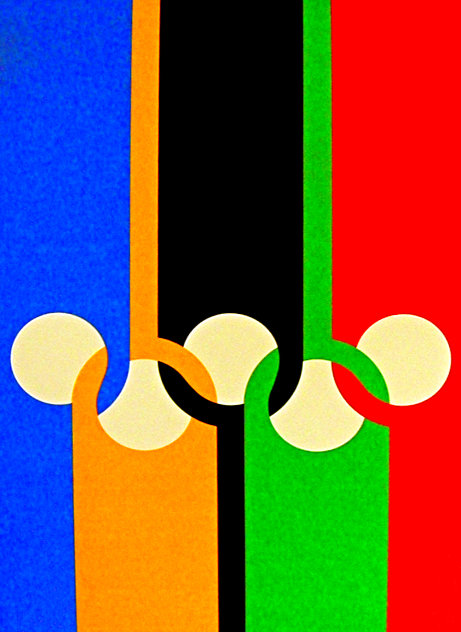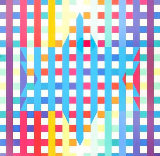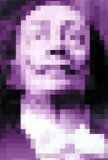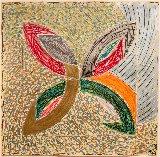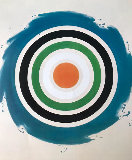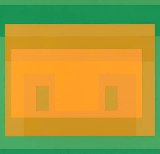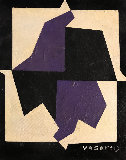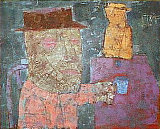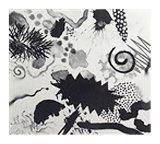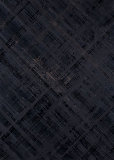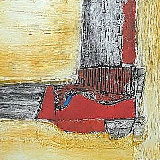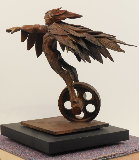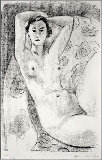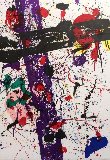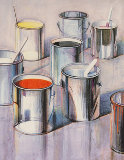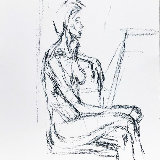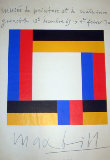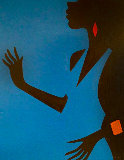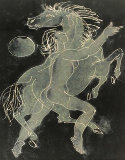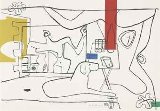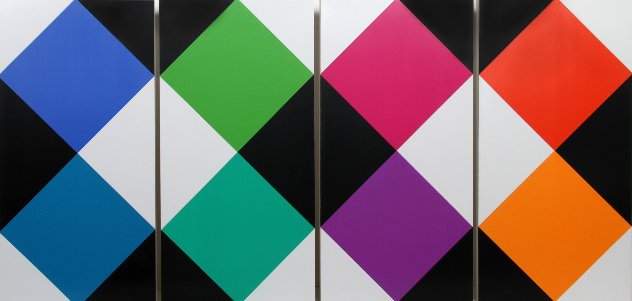







Combillation, Set of Four Silkscreens 1970
Max Bill
Limited Edition Print : Set of Four Silkscreens on Plastic Panel
Size : 23.5x11.75 in | 60x30 cm
Edition :
Year1970
Hand SignedSigned And Numbered Verso
Condition Excellent
Not Framed
Purchased fromDealer
Certificate of AuthenticityArt Brokerage
LID102331
Max Bill - Switzerland
Art Brokerage: Max Bill Swiss Artist: Max Bill (1908-1994) was born in Winterthur. After an apprenticeship as a silversmith during 1924-1927, Bill took up studies at the Bauhaus in Dessau under many teachers including Wassily Kandinsky, Paul Klee and Oskar Schlemmer from 1927 to 1929, after which he moved to Zurich. From 1937 onwards he was a prime mover behind the Allianz group of Swiss artists and in 1944, he became a professor at the school of arts in Zurich. In 1953, he, Inge Aicher-Scholl and Otl Aicher founded the Ulm School of Design (German: Hochschule für Gestaltung - HfG Ulm) in Ulm, Germany, a design school in the tradition of the Bauhaus. The school is notable for its inclusion of semiotics as a field of study. The school closed in 1968. Faculty and students include such notable designers as Tomás Maldonado, Olt Aicher, John Lottes, Walter Zeischegg, and Peter Seitz. Bill was the single most decisive influence on Swiss graphic design beginning in the 1950s with his theoretical writing and progressive work. His connection to the heroic days of the Modern Movement gave him special authority. As an industrial designer, his work is characterized by a clarity of design and precise proportions. Examples are the elegant clocks and watches designed for Junghans, a long-term client. Among Bill's most notable product designs is the "Ulmer Hocker" of 1954, a stool that can also be used as a shelf element or a side table. Although the stool was a creation of Bill and Ulm school designer Hans Gugelot, it is often called "Bill Hocker" because the first sketch on a cocktail napkin was Bill's work. Listings wanted by Art Brokerage.

